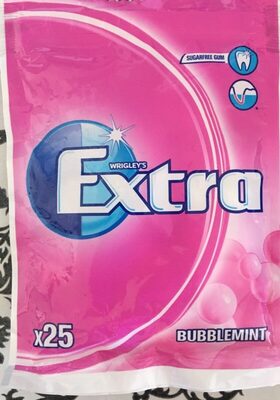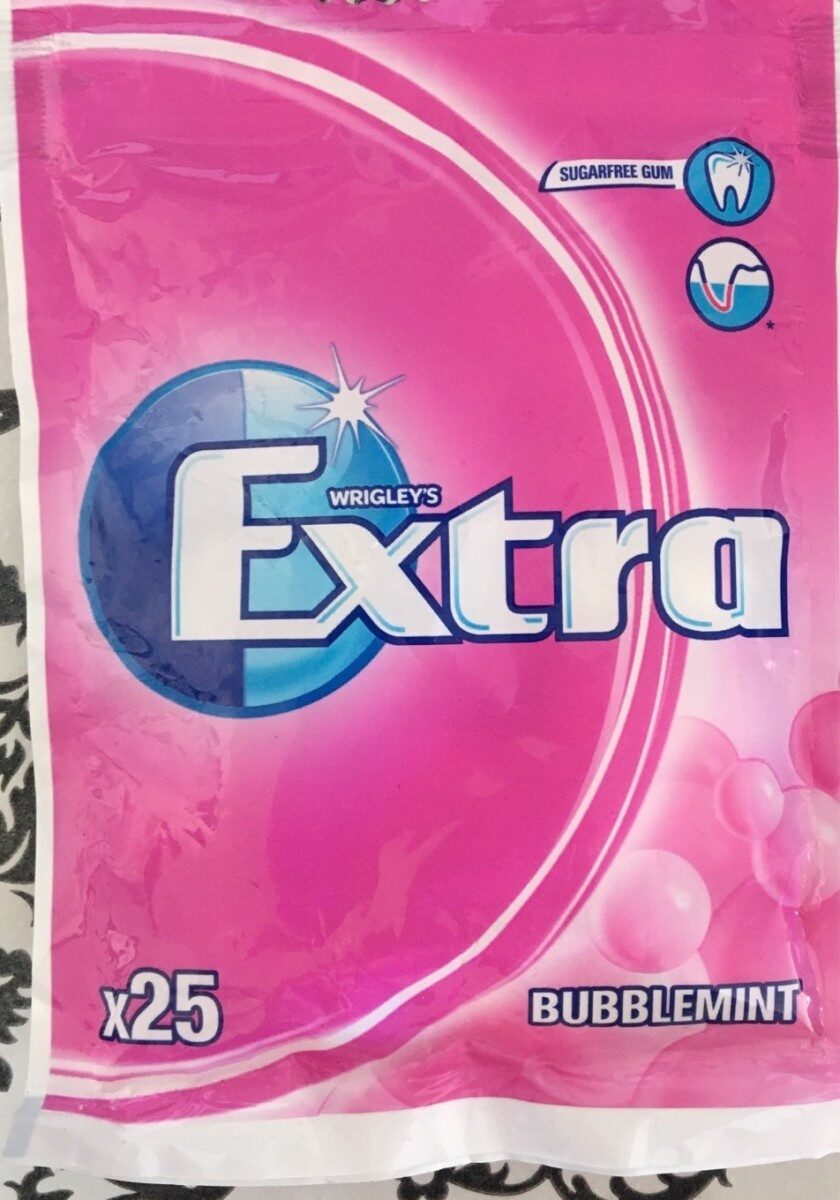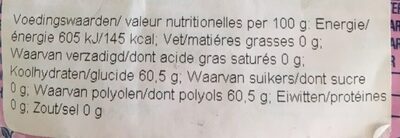Wrigley's extra - 35 g
This product page is not complete. You can help to complete it by editing it and adding more data from the photos we have, or by taking more photos using the app for Android or iPhone/iPad. Thank you!
×
Streckkod: 4009900481304 (EAN / EAN-13)
Vanligt namn: Sockerfritt tuggummi med smak av frukt och mint
Kvantitet: 35 g
Varumärken: Extra
Kategorier: Snacks, Söta snacks, Konfekt, en:Chewing gum, en:Sugar-free chewing gum
Butiker: Pressbyrån
Länder där såld: Sverige
Matching with your preferences
Miljö
Förpackning
Transportation
Report a problem
Datakällor
Produkt tillagd den av josve05a
Senast ändrad produktsida på av akitainu.
Produktsida också redigerad av gmlaa, kiliweb, musarana, packbot, yuka.UzRrR0xwdGVtTjRyeXNObHdrcko1TmxQMmJHN2ZHYVJDdEFTSWc9PQ.
Om uppgifterna är ofullständiga eller felaktiga kan du komplettera eller korrigera den genom att redigera den här sidan.







